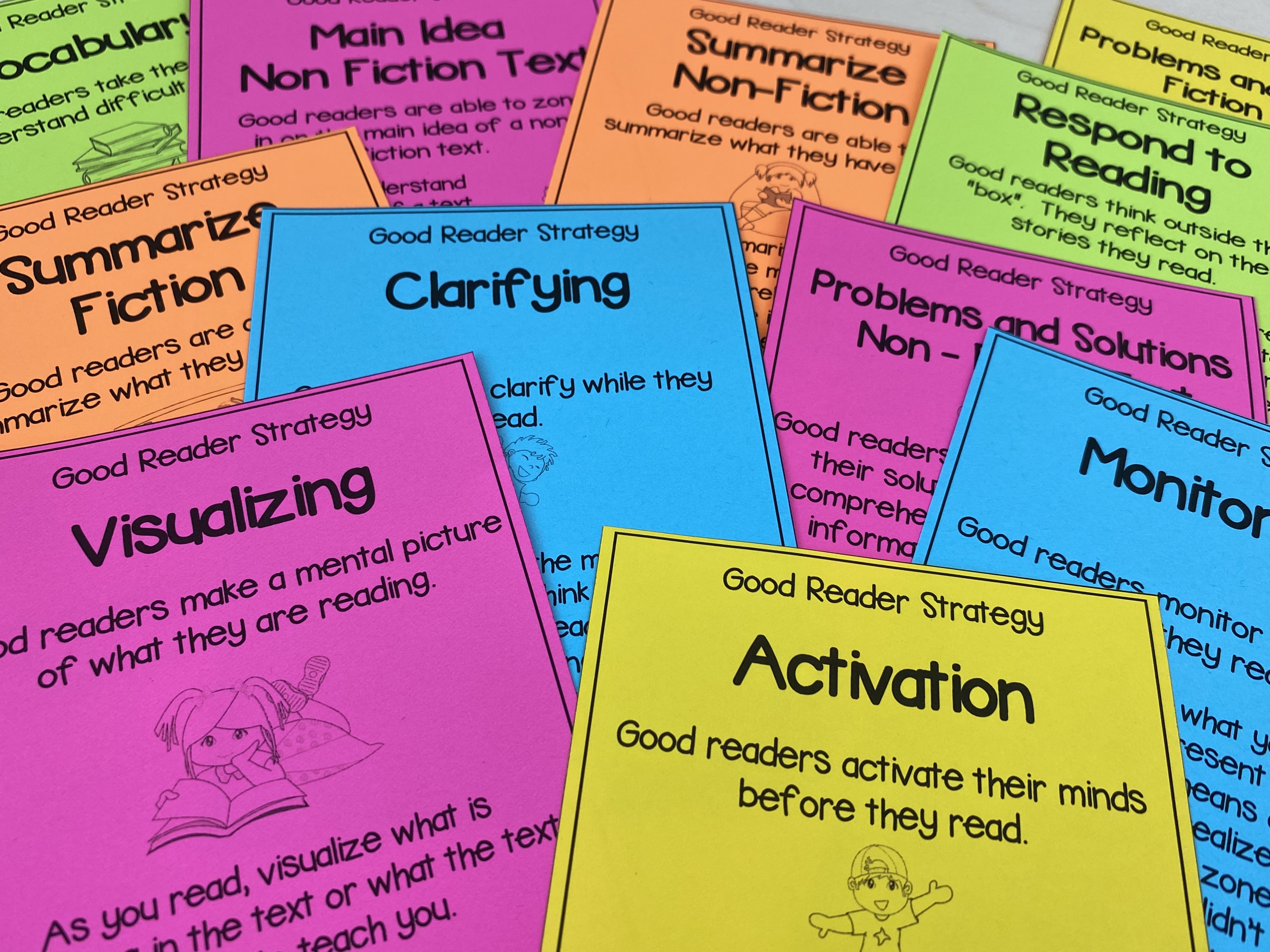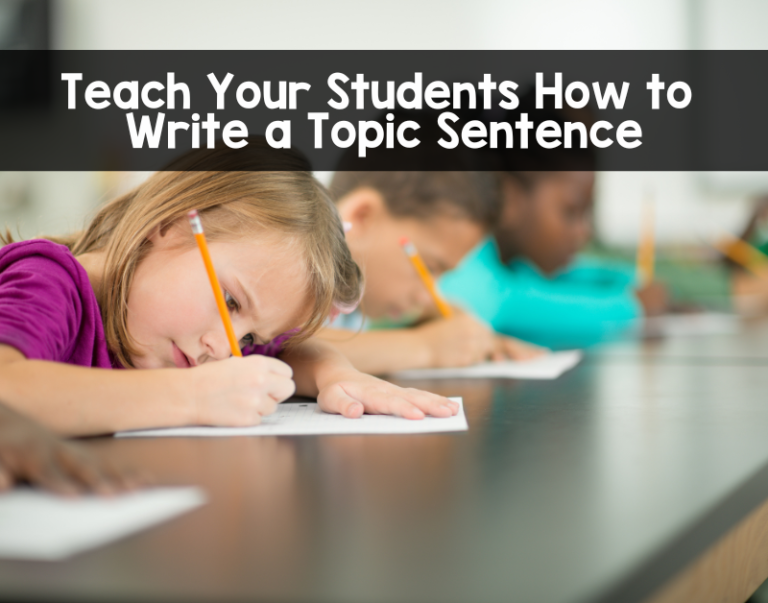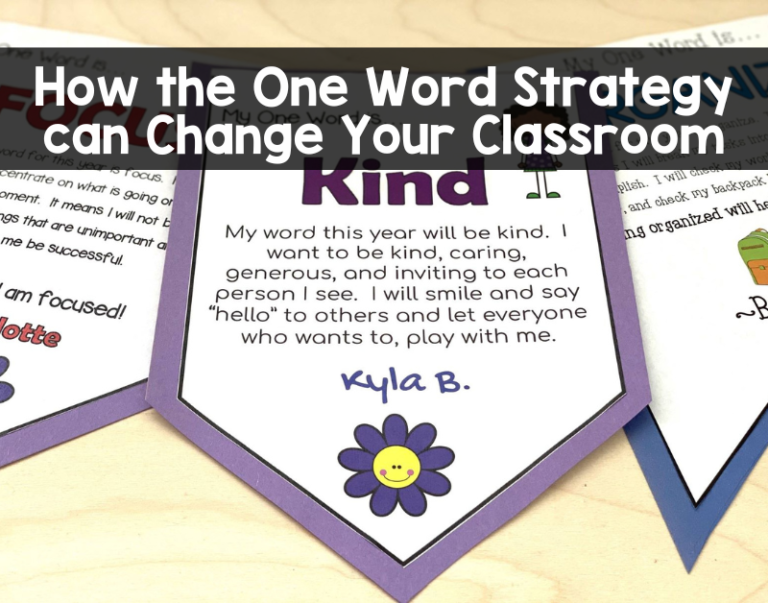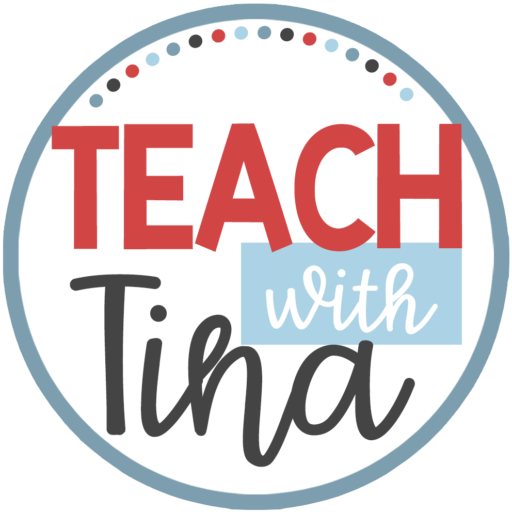As teachers, we know that reading comprehension is the number one skill needed for success in school and life. Our upper-grade students need to be taught the skills necessary to comprehend, question, annotate, and discern text across all subjects.
However, how do we as teachers tackle teaching all of these reading strategies while covering a growing curriculum simultaneously?
As a teacher in the upper elementary classroom for over 15 years, with students coming to me with various reading levels, here are some of my takeaways.

Explicitly Teach Reading Strategies
It is important to explicitly teach our students how to read strategies, just as we would any other skill or concept. I prefer to start with strategies that are easier to understand, such as visualizing and questioning.
As with any lesson plan, I begin by telling my students the purpose of the lesson. For example, “We are going to learn how the reading strategy of visualizing. This strategy will help us not only comprehend what we read but enjoy it as well.”
Next, I teach the vocabulary necessary to master that strategy. For instance, “Visualizing means the images or pictures we “see” in our brains as we read. It’s like turning a book into my own personal movie!”
After teaching my students the strategy, I model it. I will read a passage from a novel or story and tell my students what I visualize. (This is where if I were a better artist, I would even draw it for them.)
Teach Reading Strategies in Little Bites

I try to teach and review at least 14 reading comprehension strategies throughout the school year. That’s a lot of reading strategies!
However, I am a big fan of embedding these mini-lessons into just about every subject I teach.
For example:
- If I read a novel whole-group, I teach summarizing, vocabulary, or theme.
- While reading aloud, visualizing is a great strategy to use.
- Reading a science text, I teach monitoring and clarifying, along with vocabulary.
- Reading a short story, I’m discussing plot and inference.
- While teaching social studies, assigning students to find a problem and a solution can add to comprehension.
- Math is the perfect subject to have my students show their learning on a one-pager.
By keeping printouts of my Reading Comprehension Strategies at hand, I can quickly and easily review any strategy I need.
Teach Reading Strategies Often

Mastering reading comprehension is the one skill that I believe is crucial to student success. For this reason, I am continuously teaching and reviewing reading comprehension strategies. It can be a full lesson or a 5 minute reteach.
By the end of the year, my students are well-versed in using reading strategies that will help them comprehend any text.
Model Reading Strategies All the Time
Whenever I am reading, even if it’s the directions to a worksheet, I will try and model what I am thinking.
I address questions that came to mind while reading. I reread a portion and look for clarification from my students. I ask my students to brainstorm which reading strategy would be beneficial to them. I find reteaching and multiple exposures to concepts are one key to making those strategies stick!
Provide Time for Independent Practice

Students need time for the independent practice of any skill. In my classroom, it takes the form of students choosing the skill they would like to use while reading.
During independently reading time, my students are encouraged to choose a reading strategy and complete a page from my Reading Strategies resource. I find this is a great way to monitor independent reading.

Keep a Notebook of Learning
I admit it; I love composition books! When they are on sale at the Back to School sales, I grab as many as possible.
I give them to my students, and we keep a Notebook of Learning. They glue them into their notebooks rather than have my students pass in their reading pages to me. These make a great reminder of how much they have learned throughout the year.
Provide Collaborative Learning Time
One of the best methods of teaching comprehension strategies is through cooperative learning amongst my students. I set the standards for my groups, give each group defined tasks, and let them work together to understand complex texts. They, in turn, help each other, discuss meanings, and apply the skills they have learned to help everyone in the group be successful.
Final Thoughts About Reading Strategies
In the end, most students will benefit from just being in your classroom! If you are reading, thinking, questioning, and discussing any reading material, your students will thrive.
However, if you do want to try to incorporate the explicit teaching of reading strategies, grab this Reading Strategies Freebie or take a look at the entire Reading Strategies Kit.




